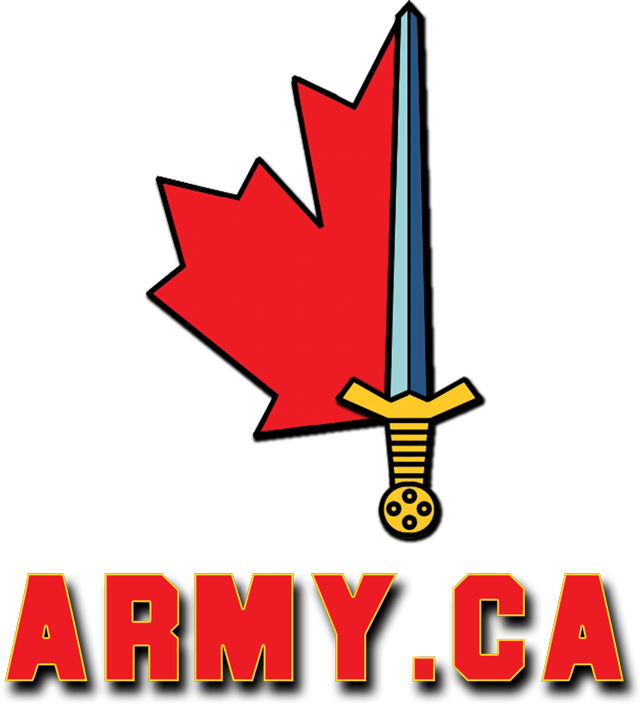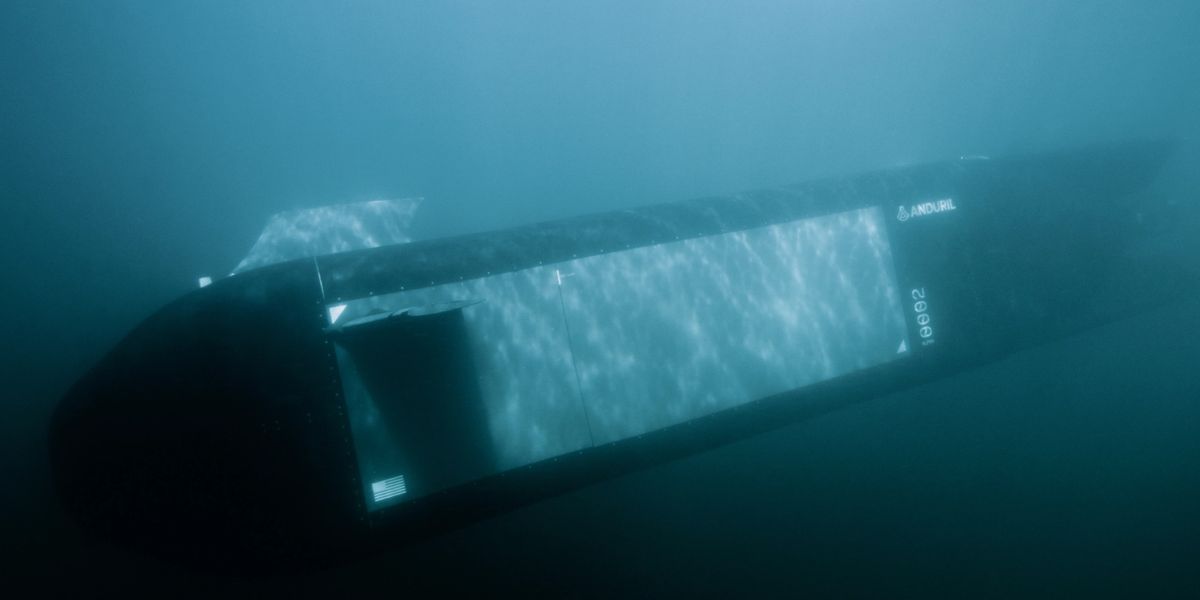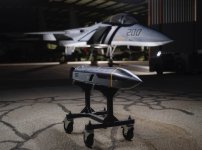A bit more on the Anduril family
Anduril Industries is once again defining the next frontier of autonomous maritime operations.

www.anduril.com
Producibility:
Crewed platforms, such as submarines, are prohibitively expensive and require years to produce; by contrast, the Dive-XL can be rapidly manufactured and deployed in significant numbers. Expanding U.S. and allied subsea capabilities means producing hundreds to thousands of these systems quickly and affordably.
Dive-XL’s producibility stems from a fundamentally different approach to design and manufacturing. It’s modular design is freely flooded, relying on smaller, commercial off the shelf pressure vessels to house critical systems like navigation, communications, and batteries. The core vehicle is constructed from affordable and commercially available marine grade materials such as aluminum and fiberglass. This architecture reduces complexity, lowers costs, and makes Dive-XL highly manufacturable with resilient supply chains across the globe. Production doesn’t require bespoke materials and specialized shipyard labor but can instead tap into the commercial automotive workforce, minimizing retraining time and expanding the industrial base.
Dive XL Ghost Shark
Specs undisclosed. In service.

This video describes the 3D printing of the hull, presumably fibre glass, and suggests that an interior structure of aluminum is added after the fact. The entire structure is flooded so the internal pressure is the external pressure and the stresses are balanced permitting depths of 6000 m (yes, 6,000m or 20,000 ft - no typo).
Dive LD
Length 5.8 m
Diameter 1.2 m
Dry Weight 2720 kg
Speed 2-7 knots
Range 313 nm
Depth 6000 m

.....
Anduril, using the same Command and Control software (Lattice), and presumably the same 3D printing manufacturing processes is building UAVs in various scales.
CCA competitor Fury (Group 5 - 5000 lb MTOW, Mach .95, >>1000 km range)

Cruise missile family Barracuda

Barracuda 500 - 100 lb payload, >500 nm (air)
Barracuda 250 - 35 lb payload, 150 nm (ground), 200 nm (air)
Barracuda 100 - 40 lb payload, >120 nm (ground or air)
Loitering Attack Munitions Altius

Altius 700 - 60 lb MTOW, >2 hours endurance
Altius 700 M - 33 lb payload
Altius 600 -27 lb MTOW, >4 hours endurance
Altius 600 M - multiple seekers and warheads
Group 3 Twin Turbojet VTOL-UAV Roadrunner

Roadrunner - Specs unknown.
Roadrunner M - Recoverable Interceptor with HE payload, Specs unknown
Rotary Wing VTOL-UAV Ghost

Ghost X - 55 lb MTOW, 20 lb payload, 25 km range, 75 min endurance
Ghost - 37 lb MTOW, 10 lb payload, 12 km range, 55 min endurance
Quadcopter VTOL-UAV Bolt

Bolt - 12 lbs, >20 km, >45 min (ISR only)
Bolt M - 13-15 lbs, >20 km, >40 min (Kinetic payload)
....
This full range of products appear to use a common C4 structure (Lattice) and a common manufacturing principle (3D printed fibreglass hull with inserted aluminum structure). They are all modular. And because they are uncrewed the don't have to worrying about supporting pressure differentials to sustain an STP crew environment.
Which brings to mind;
Can this same format result in semi-submersible and surface UxVs comparable to OSVs like USS Nomad/Mariner/Ranger?
If aerial devices can be manufacture cheaply and rapidly, can take of and land vertically, and perch, what does that mean for terrestrial mobility requirements? Can the mud, muck and mire that requires tracks, and the minefields, be bypassed completely by robot vertical envelopment?
For Canada
Developing and new defence industrial base - should Canada approach Anduril to build three or four specialized factories across Canada to supply the Canadian and international market. Subs in Vancouver, Missiles in Winnipeg, USVs in Halifax, UAVs in Ontario and/or Quebec?














